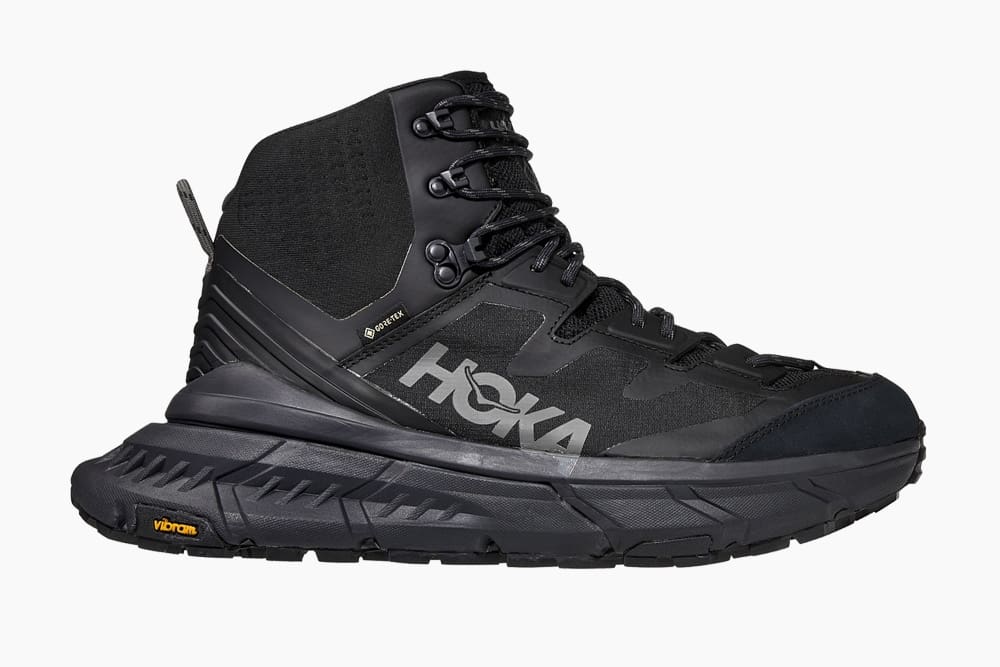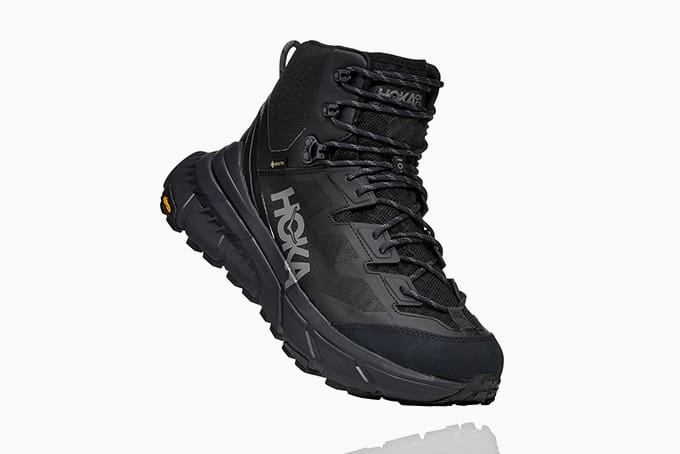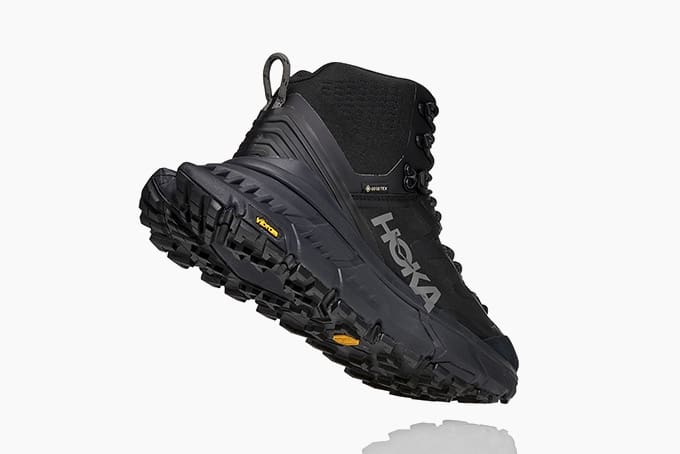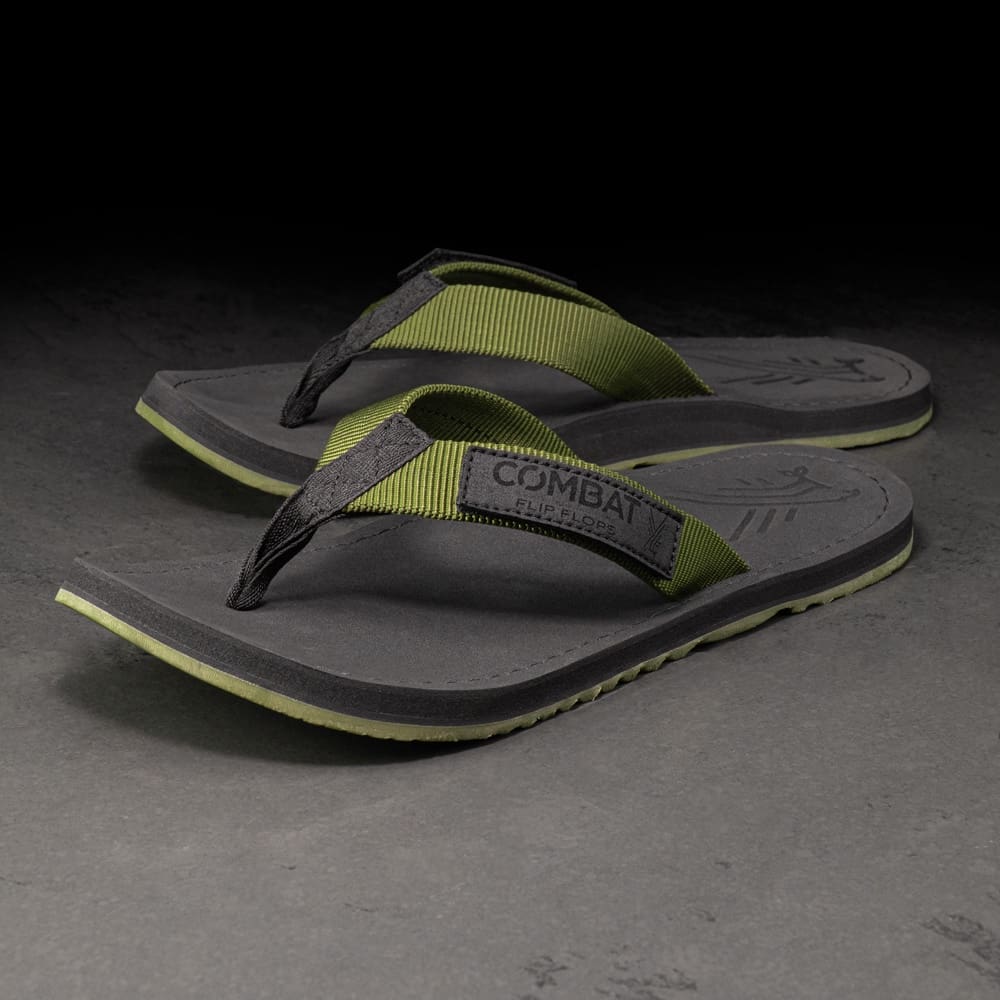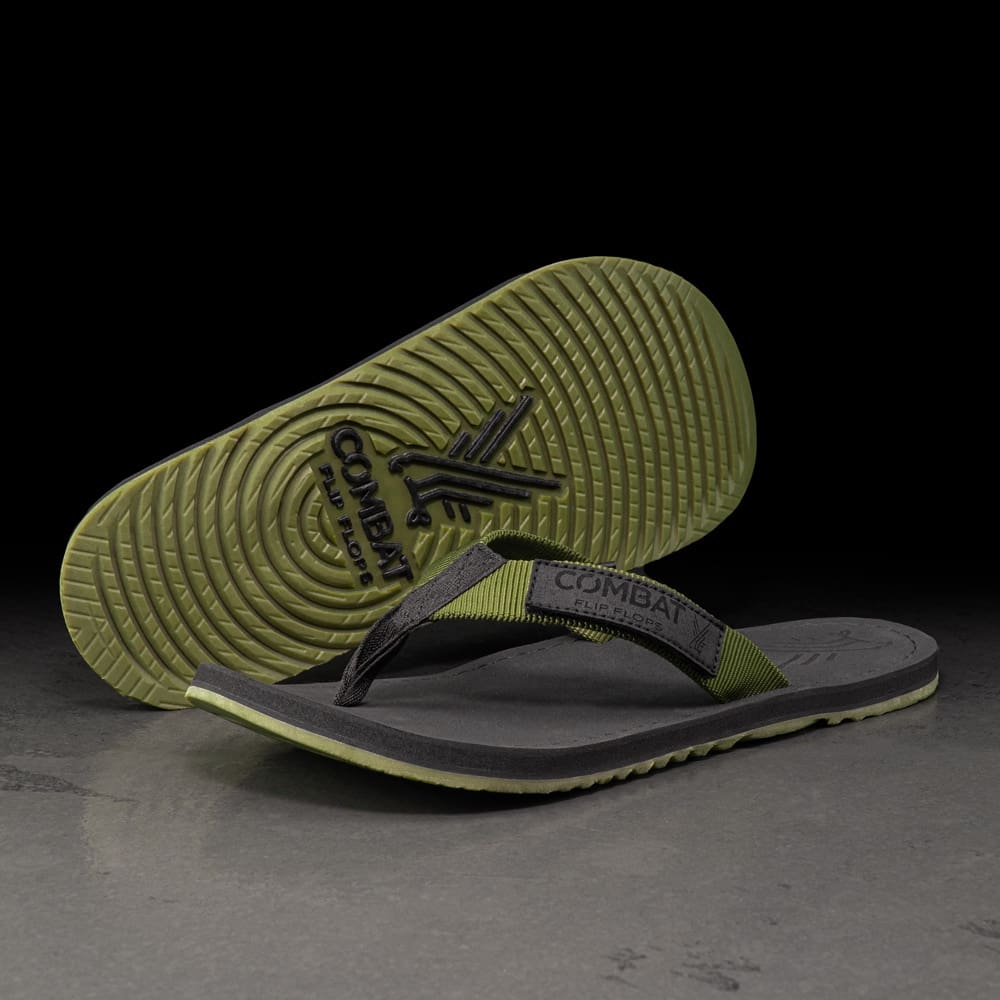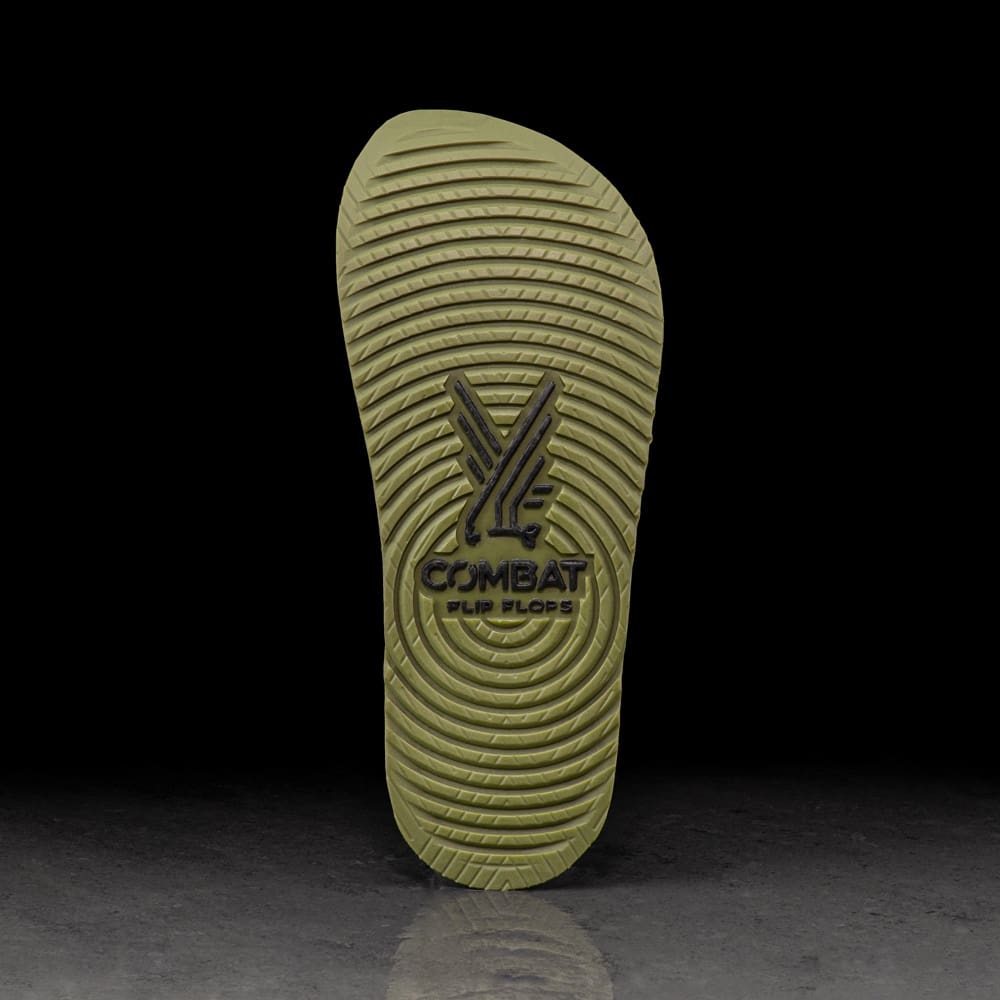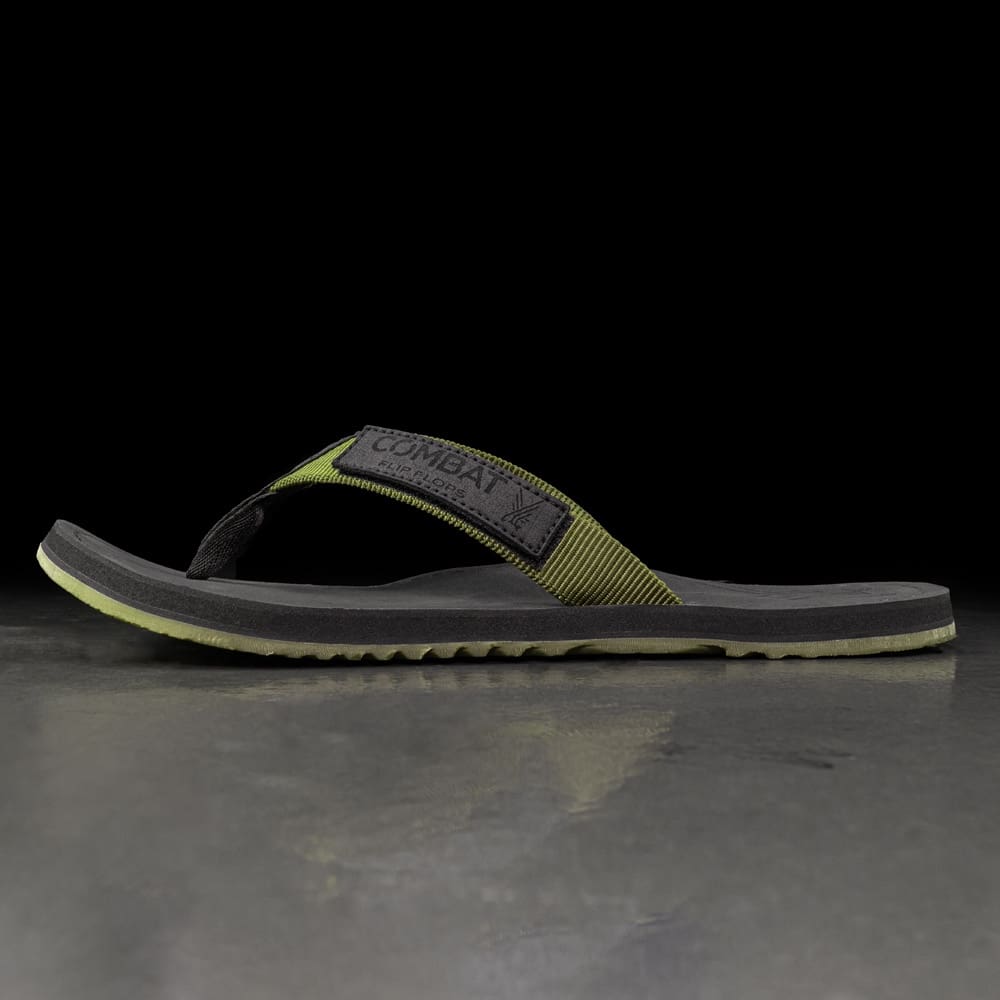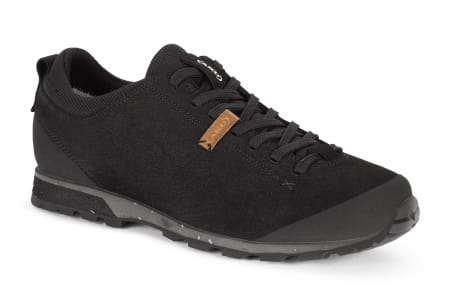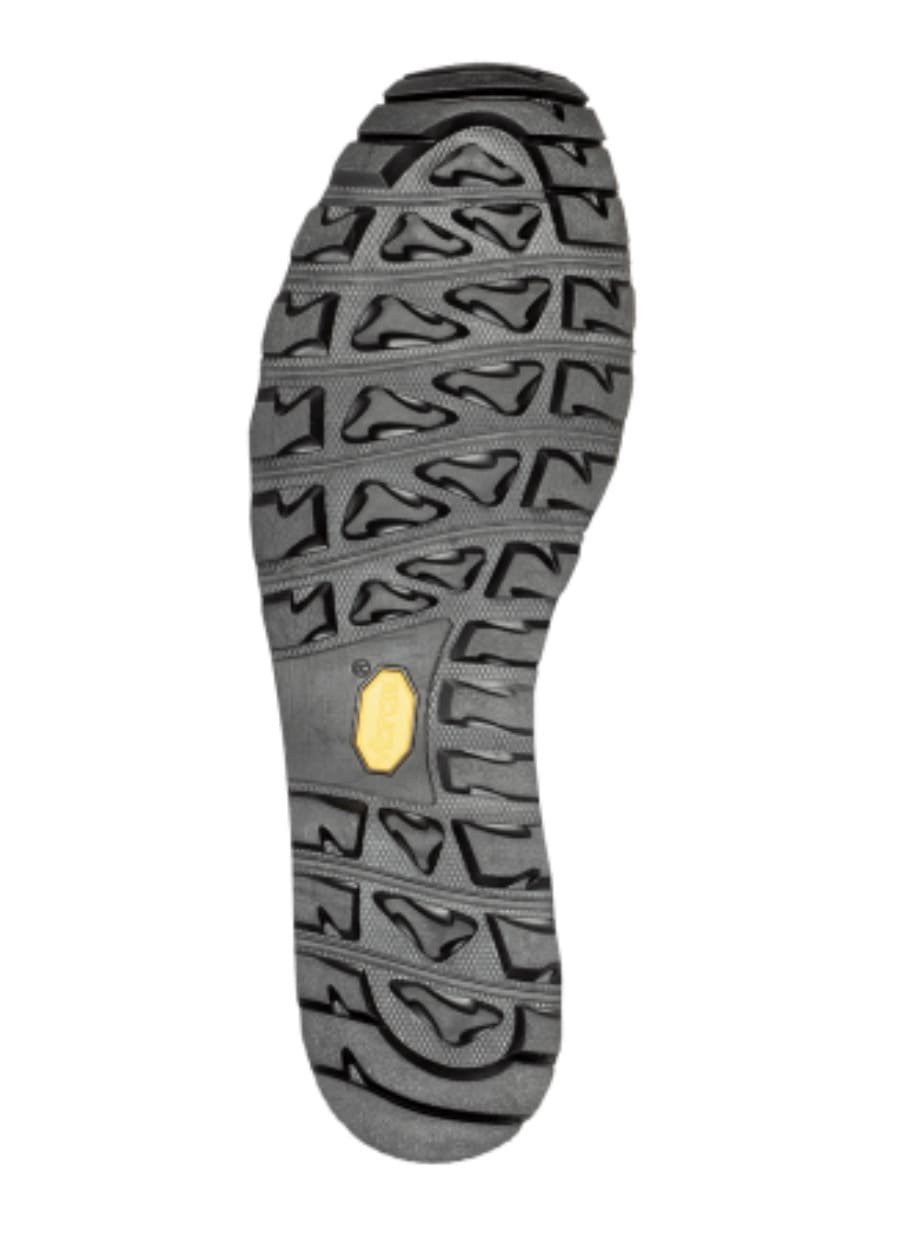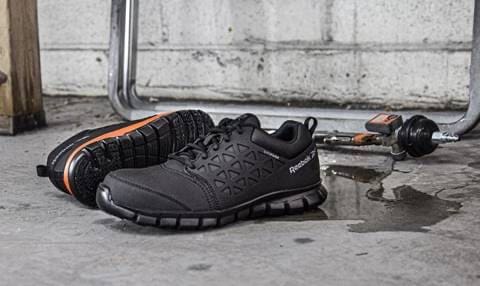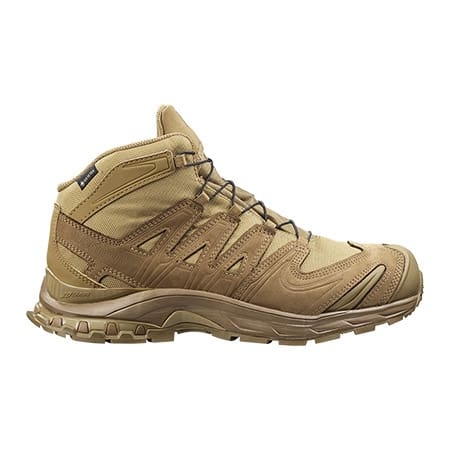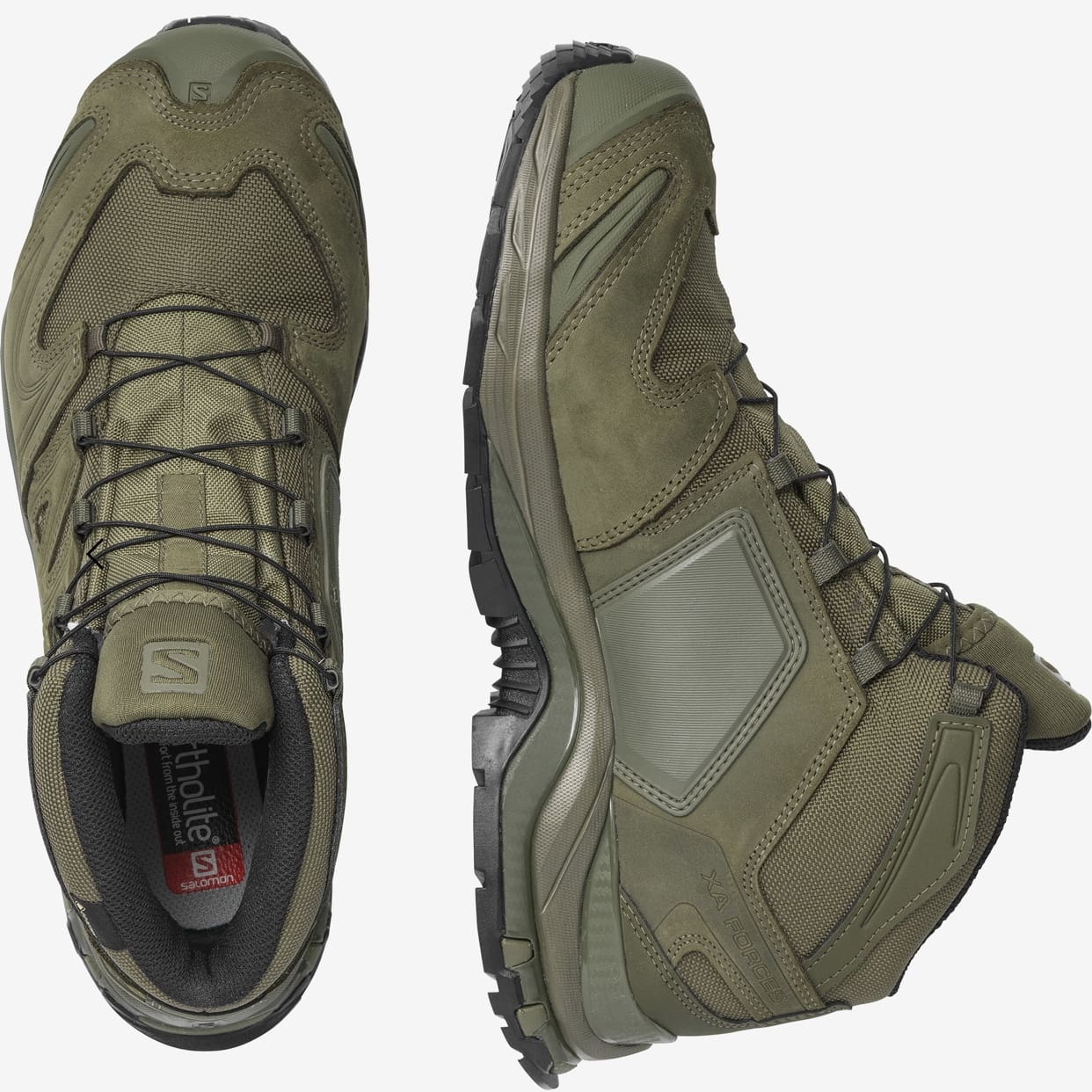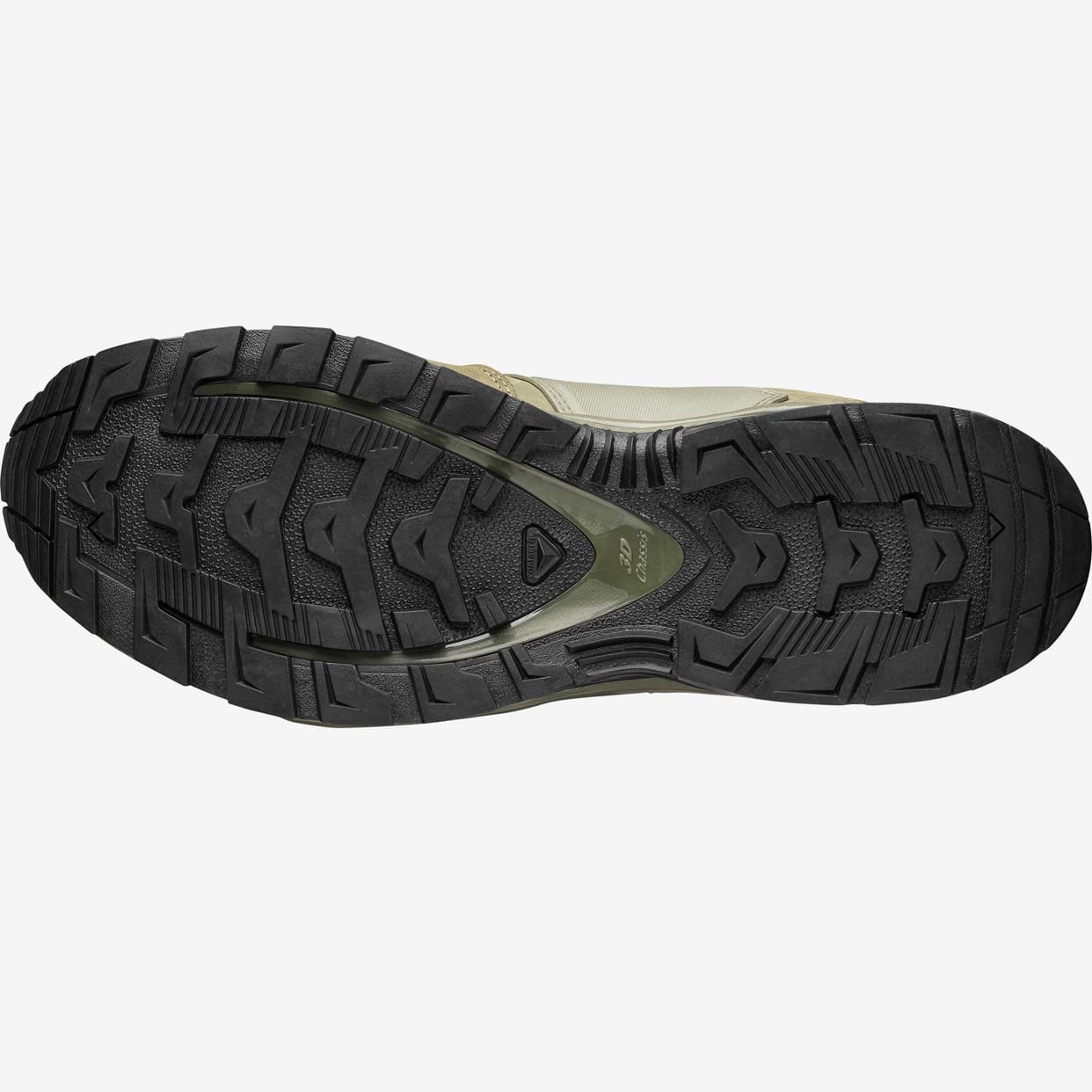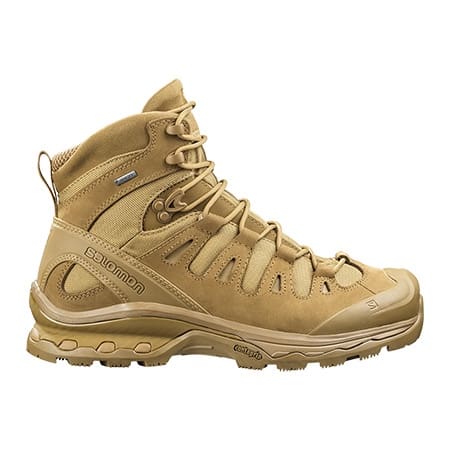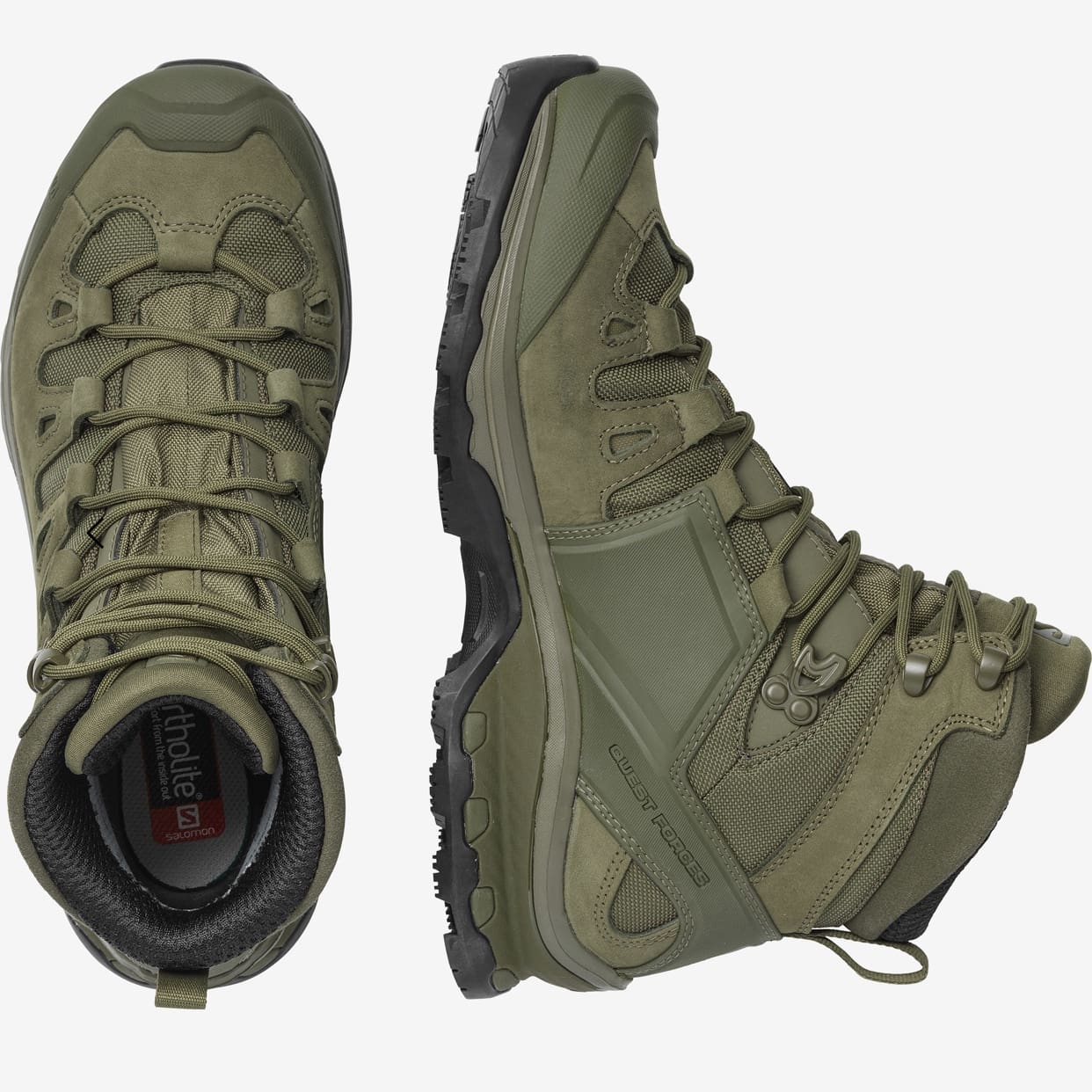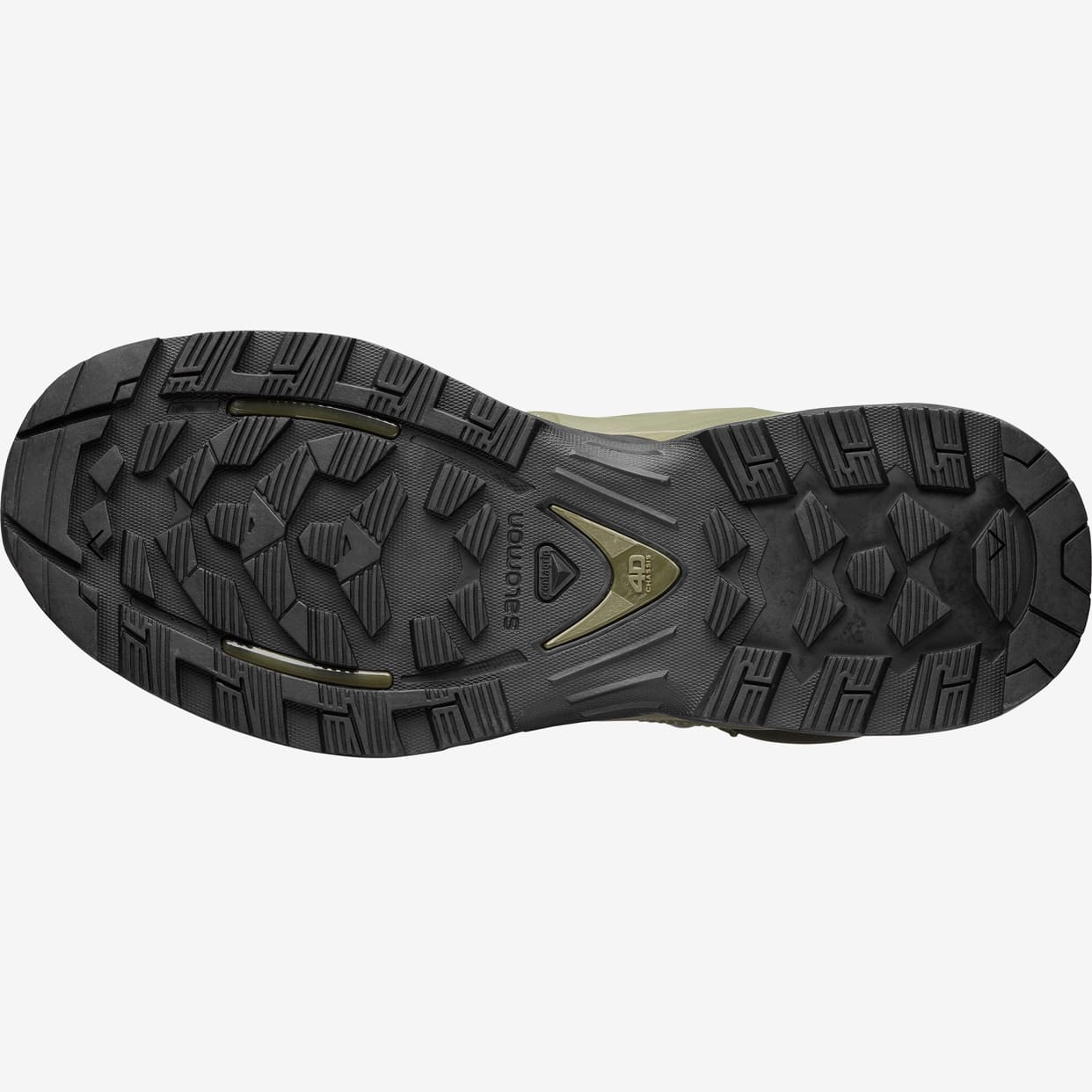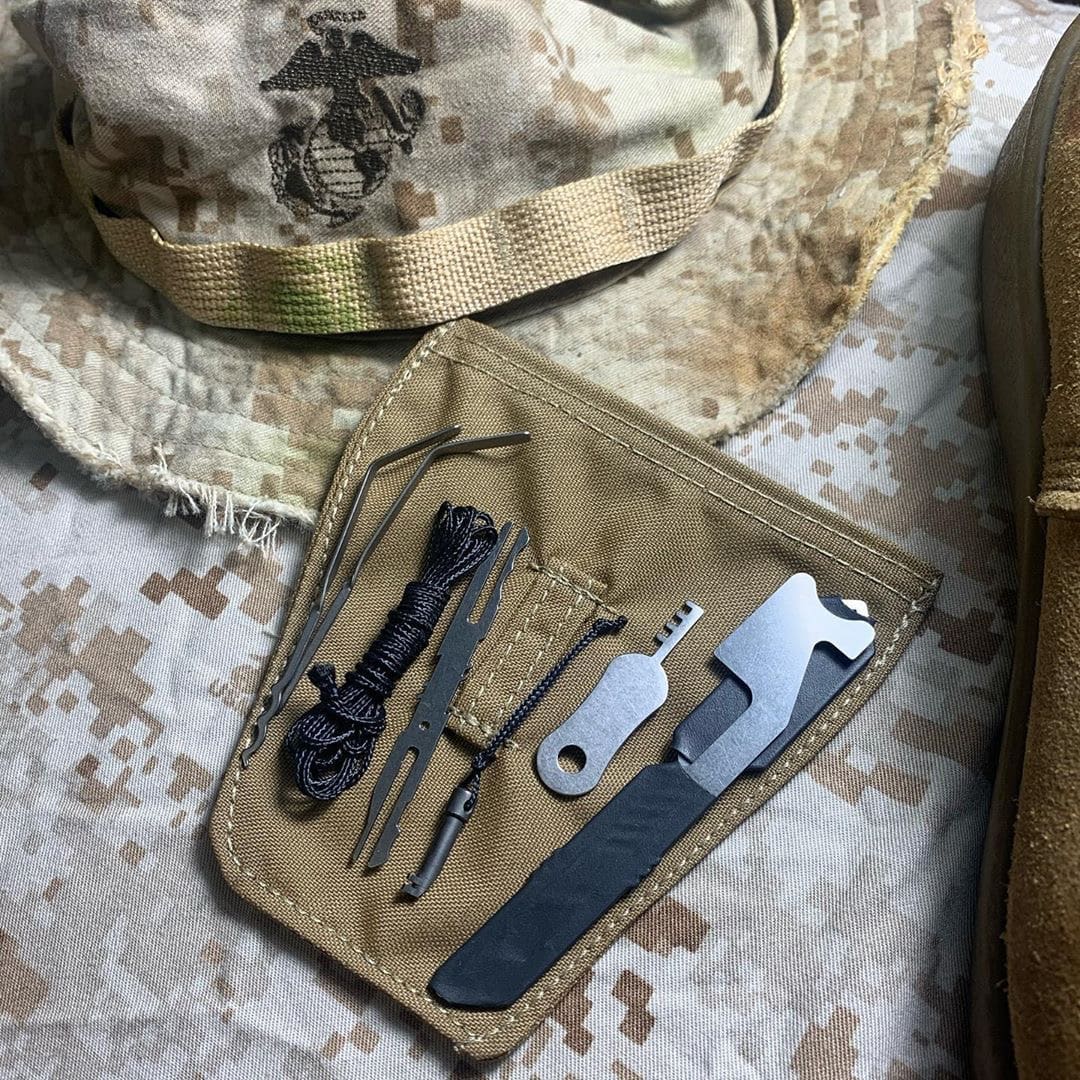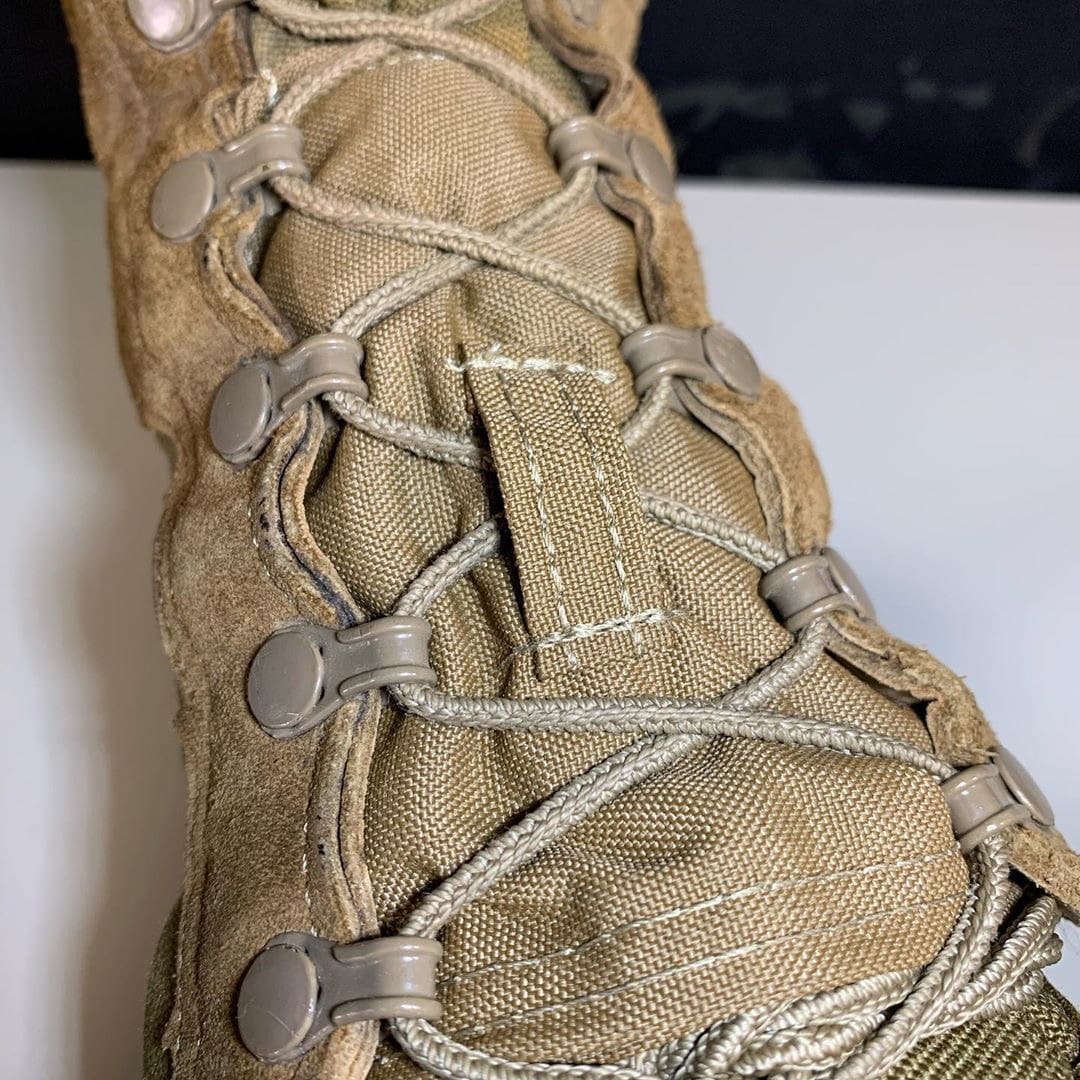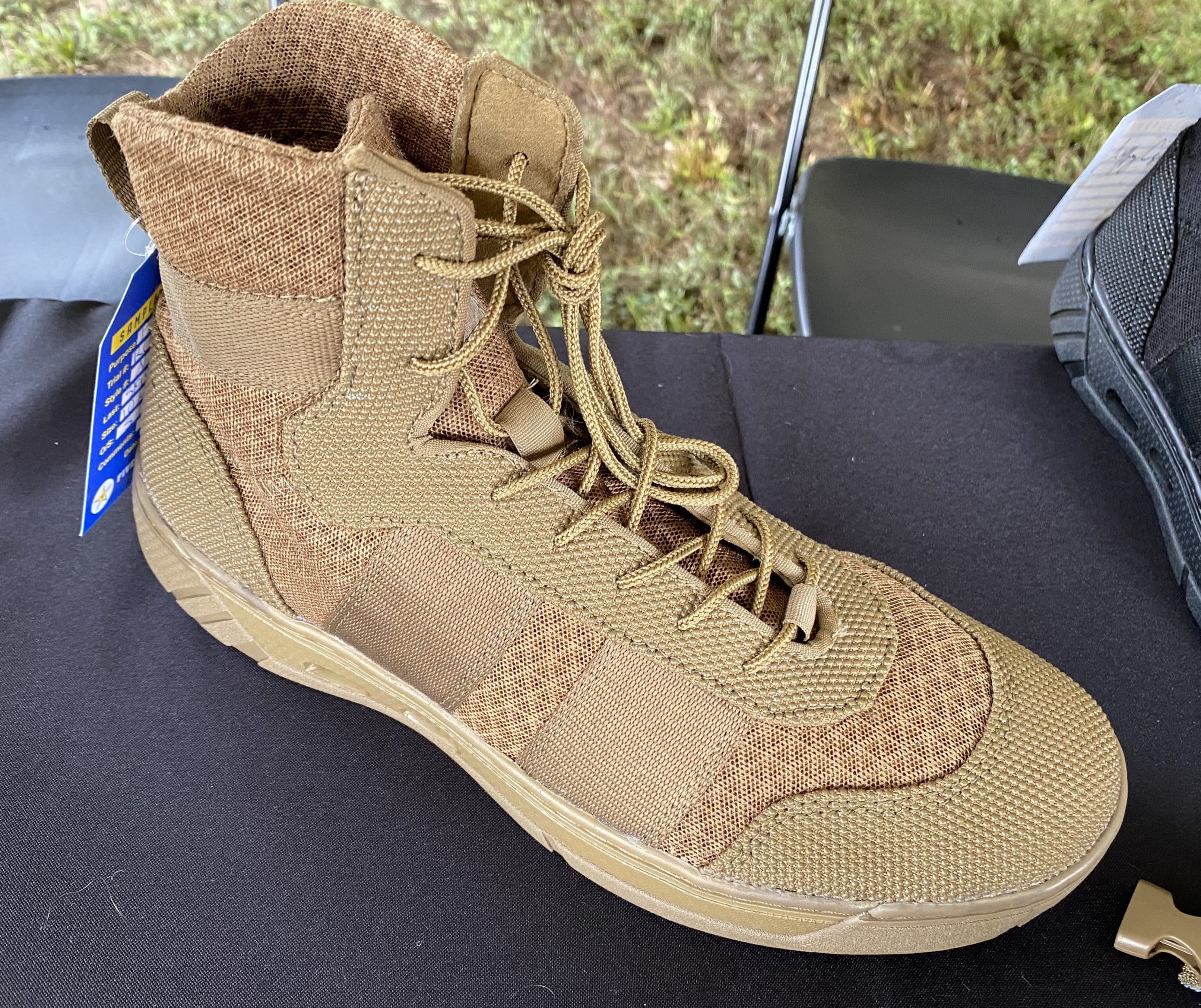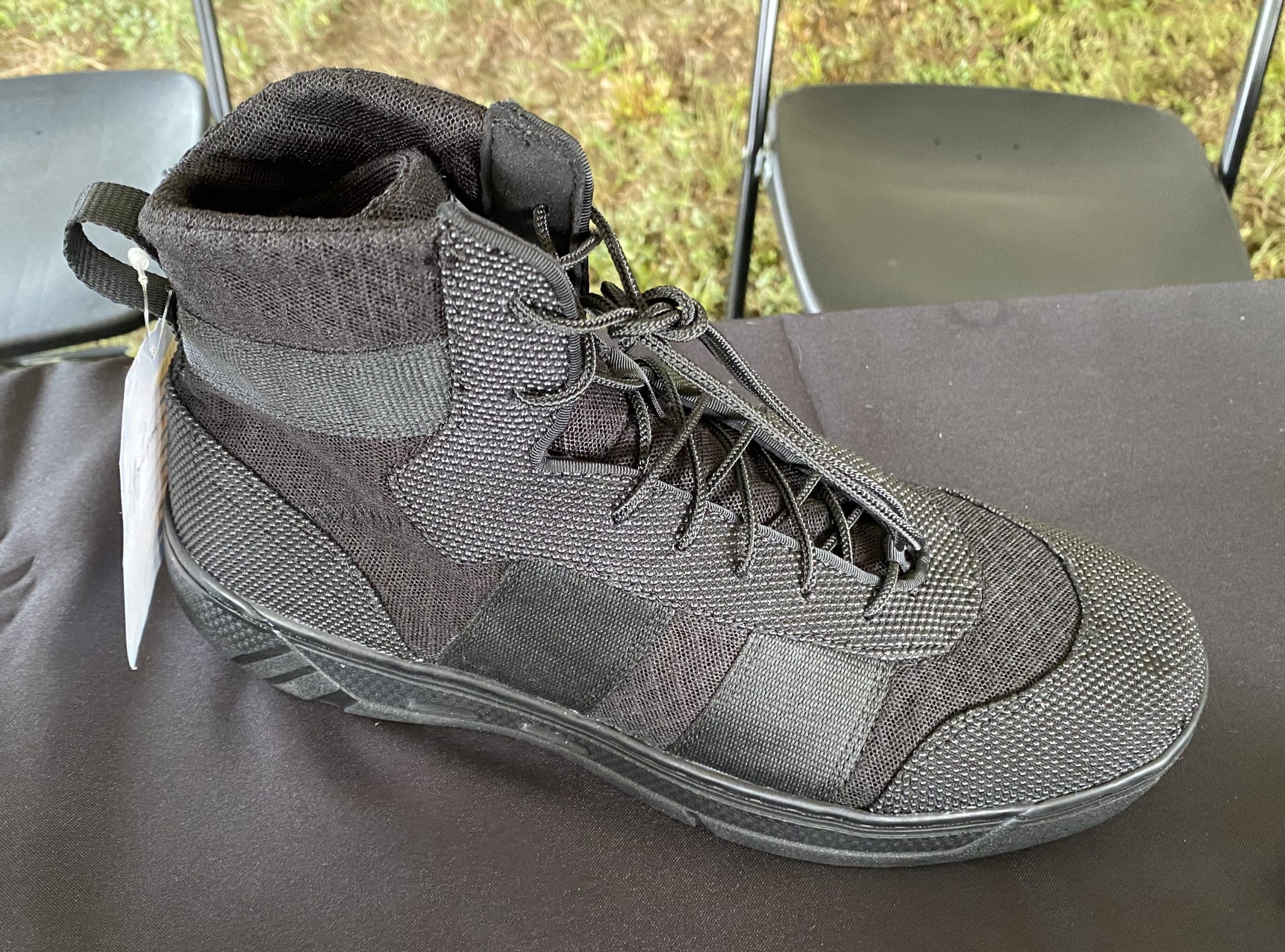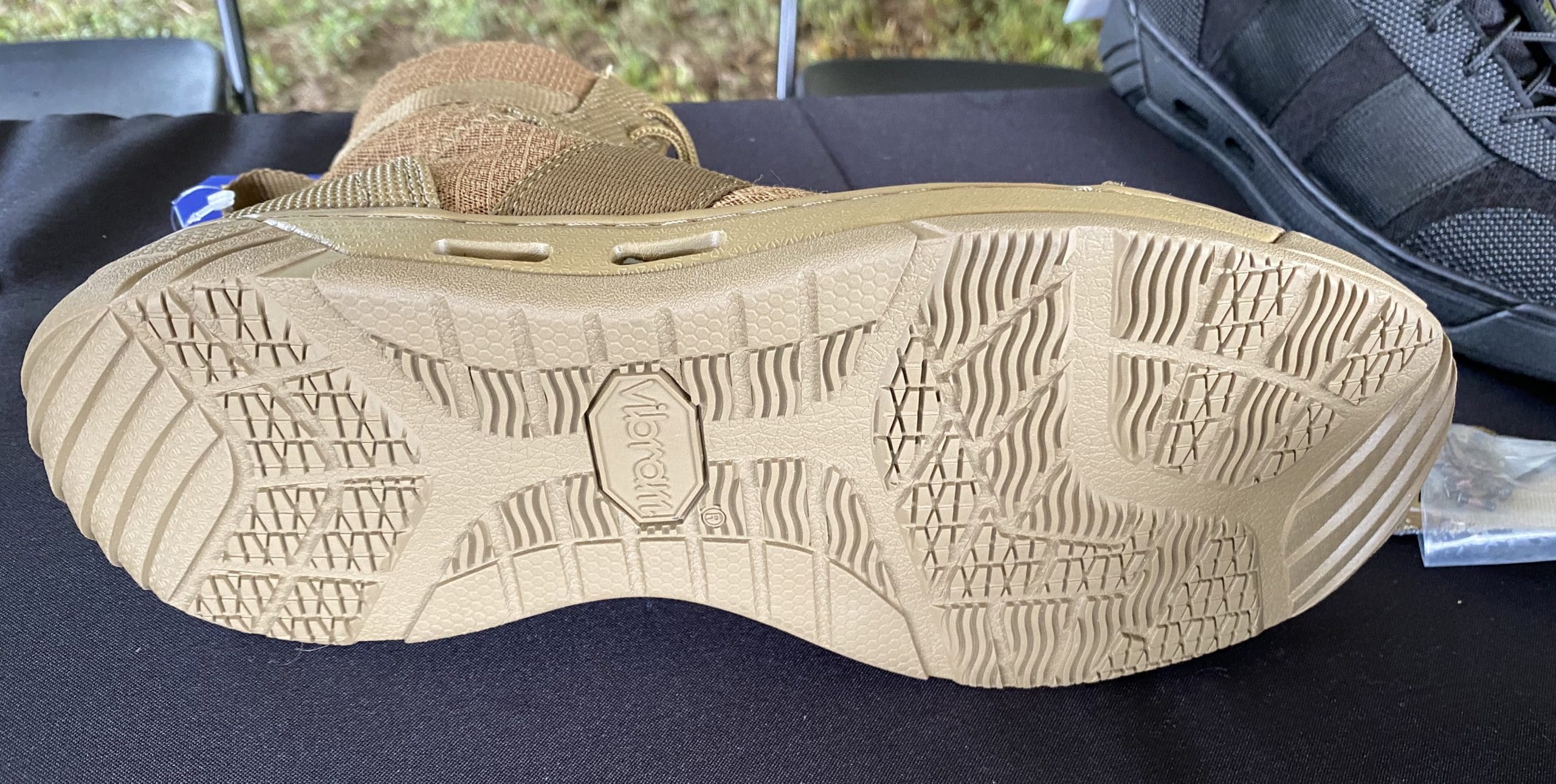Aku’s Dual Fit System is a double lacing system that allows the wearer to adjust the comfort and precision of the fit during different phases of use: a traditional lace for maximum comfort while walking or hiking, and a secondary fast lace that increases sensitivity and precision during climbing.
Aku describes it like this:
While the laces cinch the top of the foot like a traditional lace, they also feature interior laces within the fabric of the upper that wrap around the foot to customize the fit. The midsole incorporates an EVA foam for cushioning, and a PU heel for added support. The midsole is wrapped with a protective rubber rand that protects the inside foot and toe area. Together with a Gore-Tex breathable liner and Vibram Approcciosa sole with Megagrip, the resulting Rock DFS collection offers a high-performance approach shoe for all day comfort, even while climbing.
This illustration gives you an idea of how the DFS works with two sets of laces.

DFS will be available in AKU’s new Rock DFS GTX, Rock DFS MID GTX , and Rock DFS footwear in spring/summer 2021.


